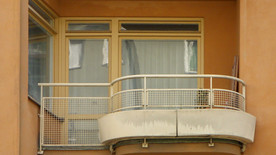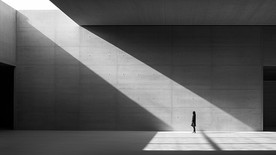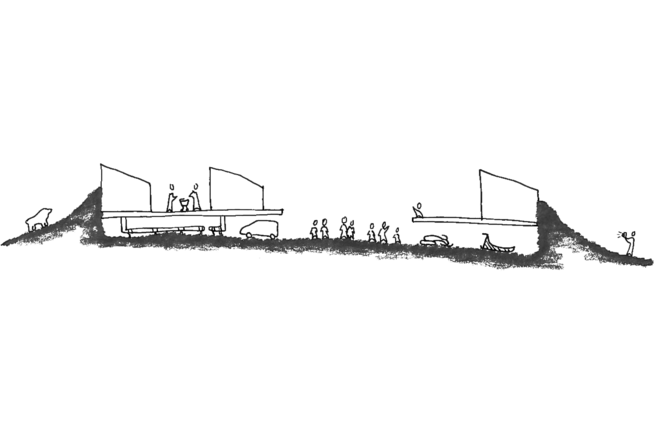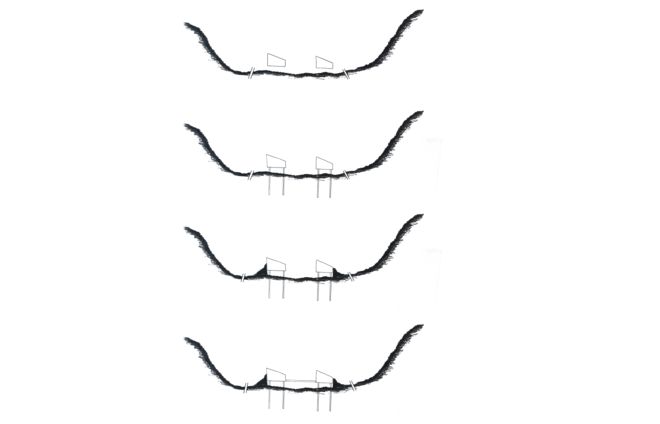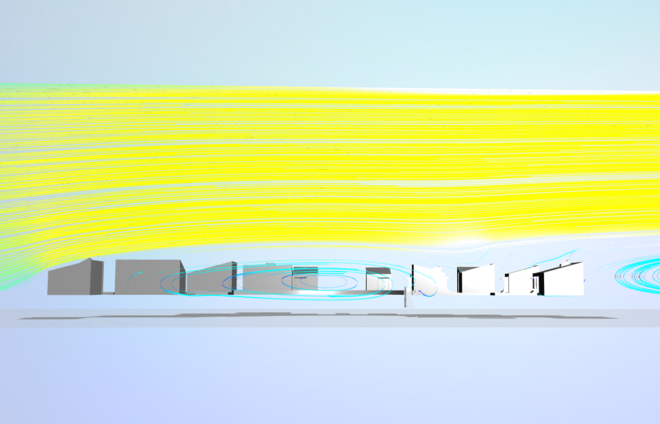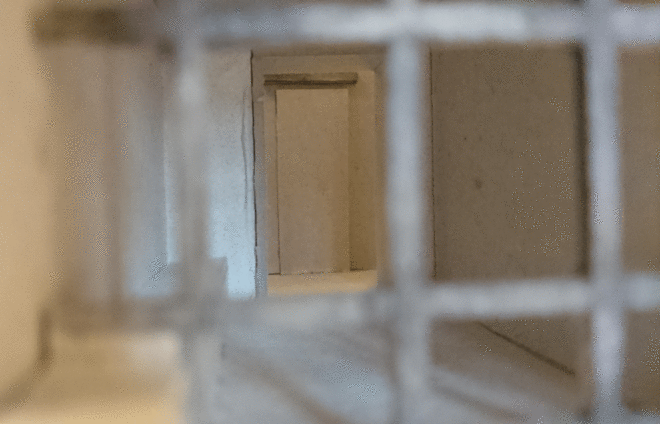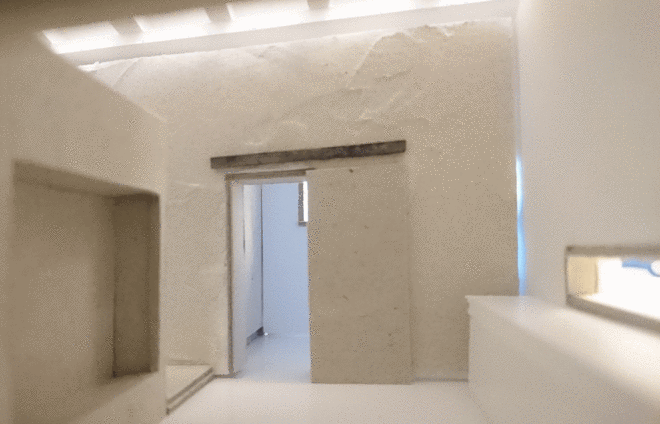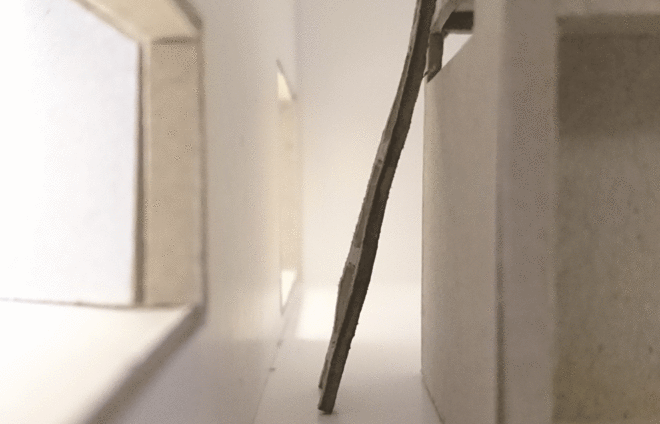
Dwellings in Svalbard
Projektet handler om at bygge boliger på Svalbard der er designet til stedets særligt kolde klima, passe ind i et meget anderledes landskab, og stadig faciliterer menneskelige behov for beskyttelse, lys og social zoning.
En naturlig lysrytme i boligen kan afhjælpe vinter depressioner og kroniske lidelser. Uderum der forlænger udesæsonen understøtter samtidig socialt samværd i forskellige skalaer.

My process started with studying weather data and building-techniques for cold and windy climates.
During winter, the average temperature is around -14 degrees. With an average wind speed of 6 meters per second the wind chill are -24 degrees on skin and facades.In summer are the temperatures just raised above 0, but with wind chill the temperature drops under the bar.
These cold temperatures requires extra isolation of the houses, either through thick walls or by wind breakers. The textbook example on windbreakers are vegetation. Trees are placed so they create protection for the building, minimizing the need for isolation. But nothing grows higher than four cm on Svalbard and I therefor needed the building design in itself, to act as wind-deflector.
The wind-deflectors are made from riverbed stones, as an integrated part of the building shape. It lies as an extra wall on the wind-facing facades offering extra isolation. The wall is built up from the terrain, visually anchoring the raised buildings to the landscape. The stone wall is continued around the whole dwelling forming a closed environment protected both from wind, roaming tourists and potentially polar-bears.

I have worked with one medium sized house of 80 m2. It shows a principal that can be used in the rest of the houses in all 3 sizes.
I have, as earlier, started with the climate as a guideline. Inspired by the iron age long houses where sleeping rooms functioned as isolating rooms for the inner common room, have I organized the rooms according to wind impact, and to benefit from the good view up and down the valley.
The house is divided into two sections by a stone wall. On the side facing the good view and the biggest chance of sun are the common-rooms, and on the facade facing winter wind are the rooms which are often kept more cool; the bedrooms and entrance.
The houses are clad in aluminium plates, with detailing in wood and the wind-deflecting wall in stone. The two outer materials: aluminum and stone are durable materials, that can withstand the harsh weather. The materials are cold to the touch, they are materials for the climate.
The Jatoba wood is on the other hand a material for the body. It is used where the body comes in contact, throughout the dwelling: in door frames, window frames, entrance module and benches.
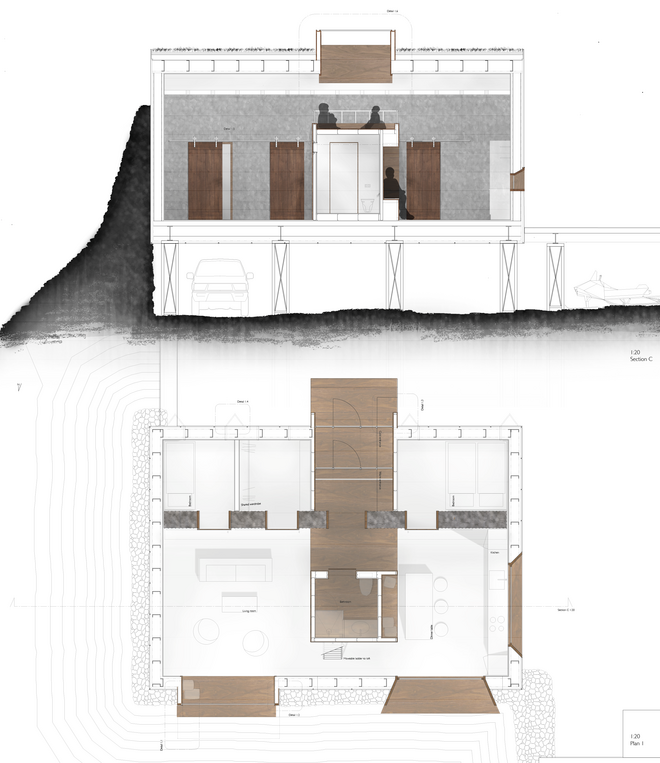
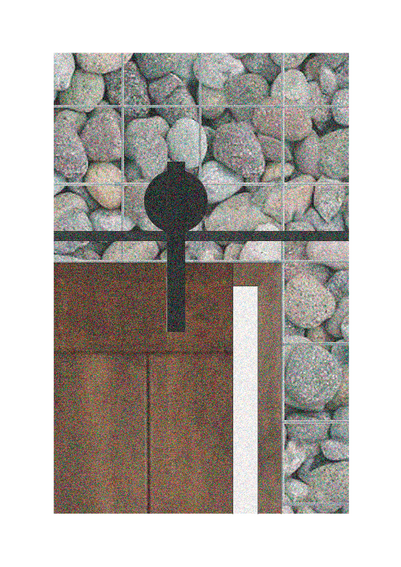
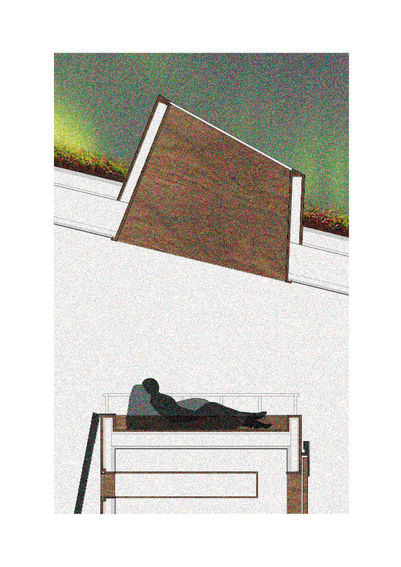
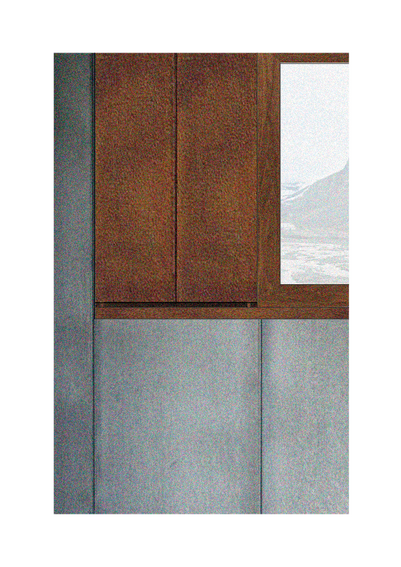
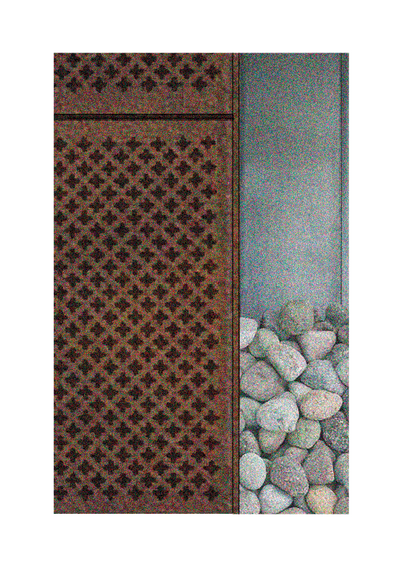

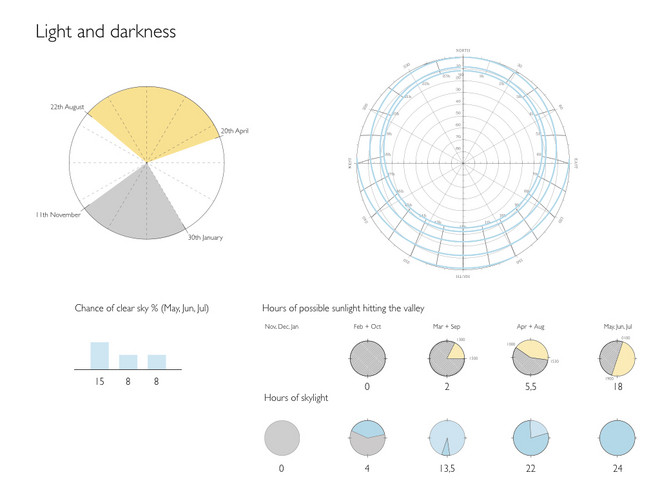
The 4 months of polar summer does not mean 4 months with sunshine. The chance of clear sky during the summer months are less than 15 %. When the sky, finally, is clear, the mountains cast shadows in the valley half of the time. I have therefore chosen not to work with sunlight at all, but only skylight.
The hard thing for us living in Denmark is to understand the difference between thinking openings in Denmark and on Svalbard. In Denmark we wish for openings that can let in the vague winter light. But on Svalbard there is no winter light to let in. The season with vague light are 2 months, one in spring, one in autumn. The rest of the time there is darkness or there is light.
The goal is therefore not to let in as much light as possible, but rather create atmospheres of light. This is done by different sizes of openings, variated positions and additional shudders.
The function of the room inspireres how the light are spatially distributed.
The livingroom are brightly lit from a single source, whereas the kitchen and eating area are more even and dim. The bedroom are much darker than the common rooms as the bedroom are a room for tranquil activities.
Two spaces have shutters for the windows: the bedrooms and the living room. The shutters are meant as a extent of the atmospheres in the rooms and not as a way of closing off all light in the house. The kitchen area is therefore without shutters as it is a working station contrary to the relaxing living room.
The bedroom is the only indoor space where I have proposed artificial light. The idea is to have an LED textile wall in each bedroom. During the winter it is often hard to shake the drowsiness off and an integrated lamp that can simulate daily light-rhythms could help resetting the inner clock. The idea is that the wall can be timed to work as a wakeup lamp or simply be turned on to facilitate light therapy.
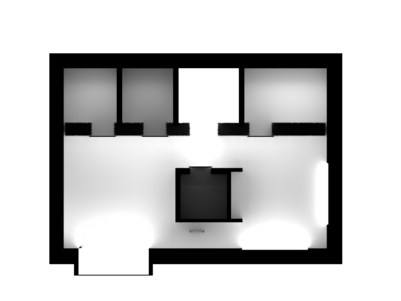
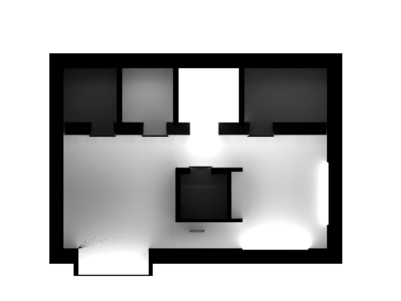
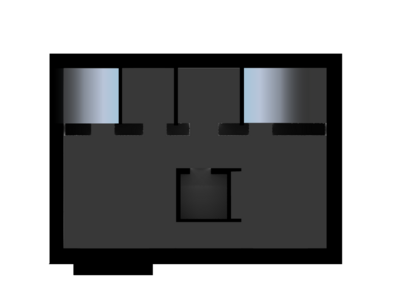
“[Arctic] communities tend to be of the frontier type with a population in flux, and are neither functionally nor humanly satisfying. This situation tends to lead to imitations of “home country” conditions. Such imitations are always inferior to the original as well as being emotionally and culturally unsatisfying”
Ralph Erskine, Building in the Arctic, 1960
Det Kongelige Akademi understøtter FN’s verdensmål
Siden 2017 har Det Kongelige Akademi arbejdet med FN’s verdensmål. Det afspejler sig i forskning, undervisning og afgangsprojekter. Dette projekt har forholdt sig til følgende FN-mål














